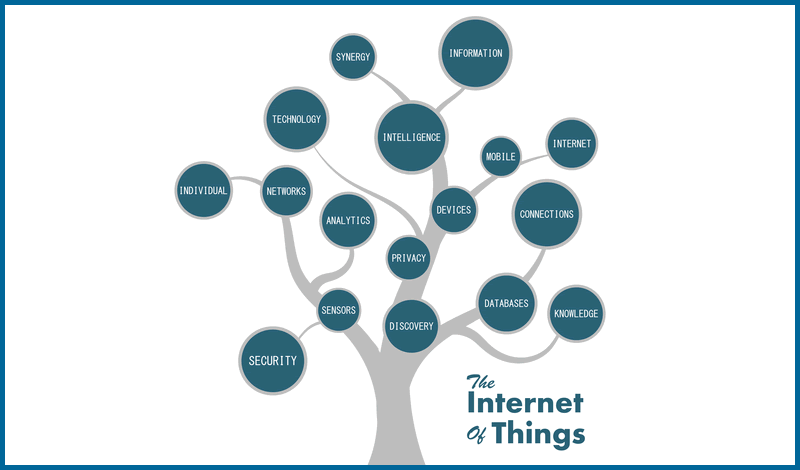
You might have heard it said before that HR needs to think more like marketers. Why is this? Because it is the marketing department’s job to attract new leads, close the deal, retain the customer and track their ROI. In the same way, HR needs to attract new candidates, choose the best match, retain the employee and track their effectiveness against their CPA (cost per acquisition).
Make an Offer They Can’t Refuse
HR needs to re-evaluate their benefits and packages to incentivize their candidates. In order to bring in new leads and pull the best from the competition’s clutches, you will have to be creative. Think like a marketer and take into careful consideration what your target audience wants. Make that offer they just can’t walk away from. Consider your family time, paid maternity leave, training opportunities, guarantees advances after a certain time period of training and experience.
Track Like a Marketer
Marketing professionals are all about the analytics. How many people are brought in from the campaign and, of those, who is making the purchase? They aren’t just interested in the number of new leads here, but in CPA. Understanding the amount spent for each successful customer can then be checked against how much the average customer spends to insure a positive ROI. The path with the lowest and most effective CPA can then become the primary method for bringing in new leads.
Are you tracking where new candidates come from and where the best candidates are finding you? Which job boards are sending you the most hired candidates and how long do those employees stay? Every employee that is brought in and trained in your company costs money and the expectation is that the money will be made back in productive work. However, with high turnover, you will end up spending far too much on employees that aren’t around long enough to make up for what you’ve spent on them. These are important analytics to track and improve on.
Narrow Your Focus
As you continue to see which leads pan out into valuable employees and which leads are a flash in the pan, you will start to better understand your true target audience. In order to pull in the crowd that is most likely to be a good match for your company, you will want to consider where and how you are advertising the job. Mentioning the criminal background searches and drug screenings required will reduce the number of unfit candidates that would otherwise apply. Choosing the right place to post your job ads is also important, realizing that your target audience will have tendencies for where and how they spend their time. Just like a marketing professional – you will want to have your campaign wherever your audience dwells.
Disclaimer Statement: All information presented is for information purposes only and is not intended to provide professional or legal advice regarding actions to take in any situation.
Sources: www.isquare.com/turnover.cfm


 Over the last few years, the tech buzzphrase “Internet of Things” (IoT) has proliferated across the Web and other communication channels. Yet many working professionals do not grasp the basic elements of the IoT, and how it will impact their jobs. What is more, a lot of HR managers fail to recognize the effect that the IoT will have on their workplaces, colleagues and operations. Both smaller firms and large enterprises will be touched by the IoT on varying levels. It is incumbent upon HR pros to learn more about how the IoT will increasingly affect their daily work lives.
Over the last few years, the tech buzzphrase “Internet of Things” (IoT) has proliferated across the Web and other communication channels. Yet many working professionals do not grasp the basic elements of the IoT, and how it will impact their jobs. What is more, a lot of HR managers fail to recognize the effect that the IoT will have on their workplaces, colleagues and operations. Both smaller firms and large enterprises will be touched by the IoT on varying levels. It is incumbent upon HR pros to learn more about how the IoT will increasingly affect their daily work lives.
 Nothing shapes a workplace environment quite like employee happiness. A positive and enthusiastic staff can consistently influence the ambiance of any office. If the majority of your employees feel happy about their current jobs, it can have an exponential impact on your business.
Nothing shapes a workplace environment quite like employee happiness. A positive and enthusiastic staff can consistently influence the ambiance of any office. If the majority of your employees feel happy about their current jobs, it can have an exponential impact on your business. At the end of September, Inside Higher Ed (IHE) released its 2014
At the end of September, Inside Higher Ed (IHE) released its 2014  For more than 20 years, organizations have relied on employment screenings as of part their standard hiring procedures. Over the last decade, this practice has only continued to grow in the private, public and nonprofit sectors.
For more than 20 years, organizations have relied on employment screenings as of part their standard hiring procedures. Over the last decade, this practice has only continued to grow in the private, public and nonprofit sectors. All too often, employers think that they will reduce implementation and operational costs, by executing their applicant screenings through their own in-house resources. However, many of these organizations fail to recognize the expertise, established relationships and costly digital tools that are required to conduct a comprehensive background screening.
All too often, employers think that they will reduce implementation and operational costs, by executing their applicant screenings through their own in-house resources. However, many of these organizations fail to recognize the expertise, established relationships and costly digital tools that are required to conduct a comprehensive background screening.